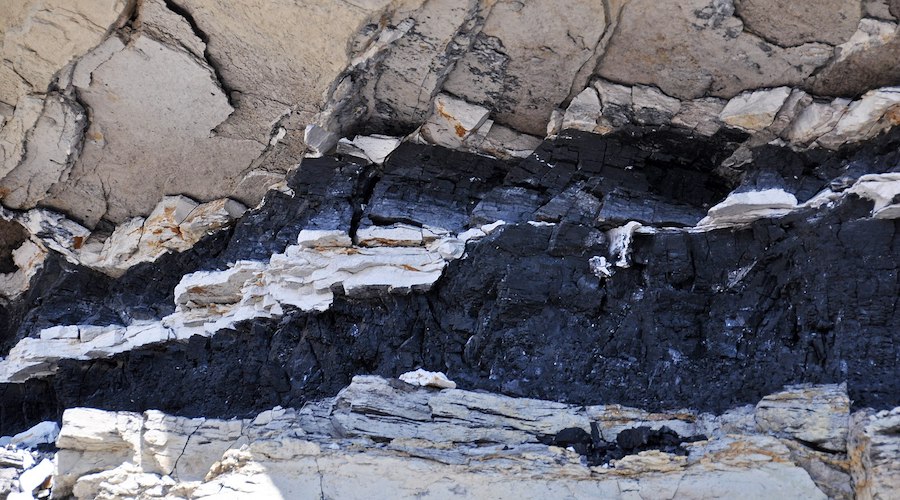Energy
Friday, August 26th, 2022 6:06 am EDT

The paper’s authors attempted to quantify the benefits of preconditioning with hydraulic fracturing by integrating previous investigative models to create a more realistic approximation of the seismic ruptures.
This model was applied to a mine in Chile’s O’Higgins Region to assess induced seismic activity due to the effect of hydraulic fracturing. The team also considered both the magnitude of microearthquakes and the time between events.
This was done by analyzing 15,436 microearthquakes recorded between 2003 and 2008 in three sections of the mine. Comparisons were then made on the basis of whether the section had been preconditioned with hydraulic fracturing or not.
The results seemed to imply that hydraulic fracturing decreases both the magnitude and the number of microearthquakes.
In the team’s view, the model that was used could also be employed to predict seismic activity and to understand so-called marsquakes occurring on Mars.
“In reference to the next step in this investigation, our interest is to work with the problem that arises when self-similarity is broken,” Pedro Vega-Jorquera, co-author of the paper, said in a media statement.
“Thus, considering the problem of multi-sources and relating them to multimodal distributions, this would imply evaluating possible modifications of the seismic hazard via hydraulic fracturing.”
This post has been syndicated from a third-party source. View the original article here.




